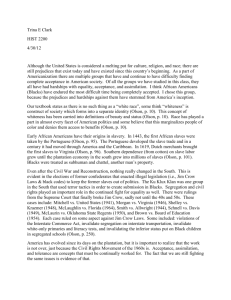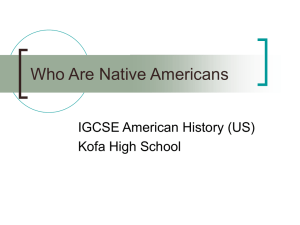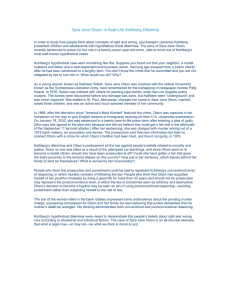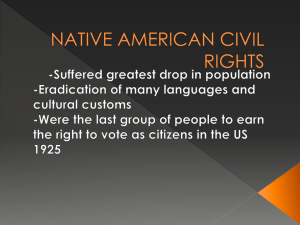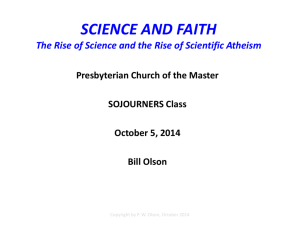File
advertisement
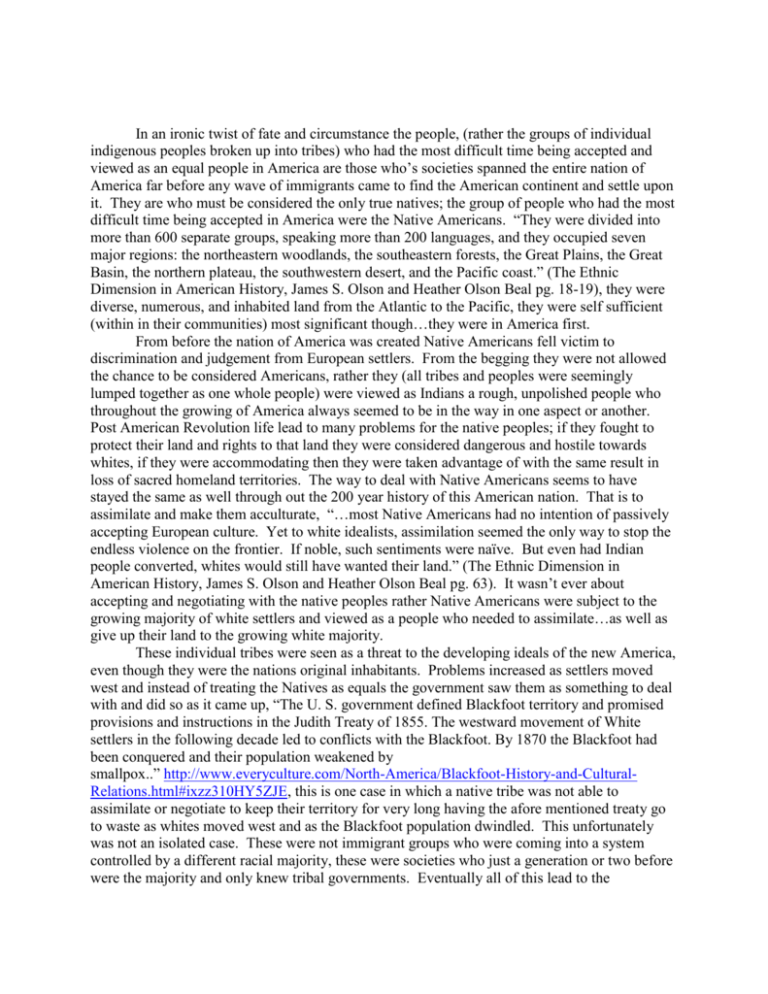
In an ironic twist of fate and circumstance the people, (rather the groups of individual indigenous peoples broken up into tribes) who had the most difficult time being accepted and viewed as an equal people in America are those who’s societies spanned the entire nation of America far before any wave of immigrants came to find the American continent and settle upon it. They are who must be considered the only true natives; the group of people who had the most difficult time being accepted in America were the Native Americans. “They were divided into more than 600 separate groups, speaking more than 200 languages, and they occupied seven major regions: the northeastern woodlands, the southeastern forests, the Great Plains, the Great Basin, the northern plateau, the southwestern desert, and the Pacific coast.” (The Ethnic Dimension in American History, James S. Olson and Heather Olson Beal pg. 18-19), they were diverse, numerous, and inhabited land from the Atlantic to the Pacific, they were self sufficient (within in their communities) most significant though…they were in America first. From before the nation of America was created Native Americans fell victim to discrimination and judgement from European settlers. From the begging they were not allowed the chance to be considered Americans, rather they (all tribes and peoples were seemingly lumped together as one whole people) were viewed as Indians a rough, unpolished people who throughout the growing of America always seemed to be in the way in one aspect or another. Post American Revolution life lead to many problems for the native peoples; if they fought to protect their land and rights to that land they were considered dangerous and hostile towards whites, if they were accommodating then they were taken advantage of with the same result in loss of sacred homeland territories. The way to deal with Native Americans seems to have stayed the same as well through out the 200 year history of this American nation. That is to assimilate and make them acculturate, “…most Native Americans had no intention of passively accepting European culture. Yet to white idealists, assimilation seemed the only way to stop the endless violence on the frontier. If noble, such sentiments were naïve. But even had Indian people converted, whites would still have wanted their land.” (The Ethnic Dimension in American History, James S. Olson and Heather Olson Beal pg. 63). It wasn’t ever about accepting and negotiating with the native peoples rather Native Americans were subject to the growing majority of white settlers and viewed as a people who needed to assimilate…as well as give up their land to the growing white majority. These individual tribes were seen as a threat to the developing ideals of the new America, even though they were the nations original inhabitants. Problems increased as settlers moved west and instead of treating the Natives as equals the government saw them as something to deal with and did so as it came up, “The U. S. government defined Blackfoot territory and promised provisions and instructions in the Judith Treaty of 1855. The westward movement of White settlers in the following decade led to conflicts with the Blackfoot. By 1870 the Blackfoot had been conquered and their population weakened by smallpox..” http://www.everyculture.com/North-America/Blackfoot-History-and-CulturalRelations.html#ixzz310HY5ZJE, this is one case in which a native tribe was not able to assimilate or negotiate to keep their territory for very long having the afore mentioned treaty go to waste as whites moved west and as the Blackfoot population dwindled. This unfortunately was not an isolated case. These were not immigrant groups who were coming into a system controlled by a different racial majority, these were societies who just a generation or two before were the majority and only knew tribal governments. Eventually all of this lead to the government making more decisive action. “To open land for white settlement and to protect Native Americans, President Jackson signed the Indian Removal Act in 1830…In what is remembered as the ‘Trail of Tears’, 100,000 Indian people were transported to Oklahoma.” (The Ethnic Dimension in American History, James S. Olson and Heather Olson Beal pg. 66-67). This event involved many peaceful tribes such as the Choctaws from the south ( a completely different living environment) and caused thousands of Indians to loose their life while making the journey. Other aspects of Native American suffrage came from further white settlers development and the growing population in the west of the whites. This was brought on by the completion in 1869 of the five lines of the transcontinental railroad linking the east to the west manufacturing. On top of this over hunting, especially of the buffalo herds, decimated the Indians in that regions way of life. Over hunting and killing of the buffalo herds ruined native economies, “The economy of the Plains Indians was in ruins.” (The Ethnic Dimension in American History, James S. Olson and Heather Olson Beal pg. 70). It wasn’t just the destruction of Indian economy and the relocating from native homelands that the Native Americans had to endure. They lost most freedoms in 1871 when Native American tribes were no longer recognized as “separate, sovereign nations.” Even on reservation upon which most Native Americans were forced (in a way making them immigrants because often they were taken to lands they were unfamiliar with) to love on they no longer had the right to govern themselves. Eventually more needed to be done against the Native American, they suffered more, “Frustrated missionaries and government agents outlawed the expression of Native American culture.” (The Ethnic Dimension in American History, James S. Olson and Heather Olson Beal pg. 197). And “Just about every type of western vocational training, social and college activities were available at the schools, including agriculture, art, music, science, sports, Christian religion, and western female skills like sewing, cooking, ironing and cleaning. The practicing or discussion of traditional American Indian culture, language, religion, arts and crafts were strictly forbidden at most of the early government Indian schools.” (http://www.californiaindianeducation.org/indian_boarding_schools/) so they saw their children as well be taken off to be stripped of the tribal ways to be taught how to assimilate and be “useful”. Ultimately Native Americans suffered the most, and found the hardest time in being accepted in the America that was once theirs. Again their struggles would not end entering into the 20th century, quite the opposite took place actually. Instead of being understood and instead of gaining population and more political power they seemed to fall even further behind. As more and more waves of new immigrants came into America they seemed to gain the population to gain influence in politics and in status in America (examples Mexican-American had 18 million and African Americans had 36 million where Native Americans found themselves at a mere 2.1 million). While things were shifting in favor of other minorities who had come to America, natives still seemed to be a secondary concern from civil rights movements. Ultimately the Native Americans were the group of peoples who have had the most difficult time being accepted into the now American culture. Evidence of this is present in the not so distant past. In 1946 congress created the Indian Claims Commission in which Native American peoples could make claim to regain what was once theirs or to gain the monetary fair compensation they deserved. This lead to 852 claims with only a few hundred being settled. Unfortunately the true Americans were not treated as such and therefore lost out on the American dream and fell victim to two centuries of discrimination.
